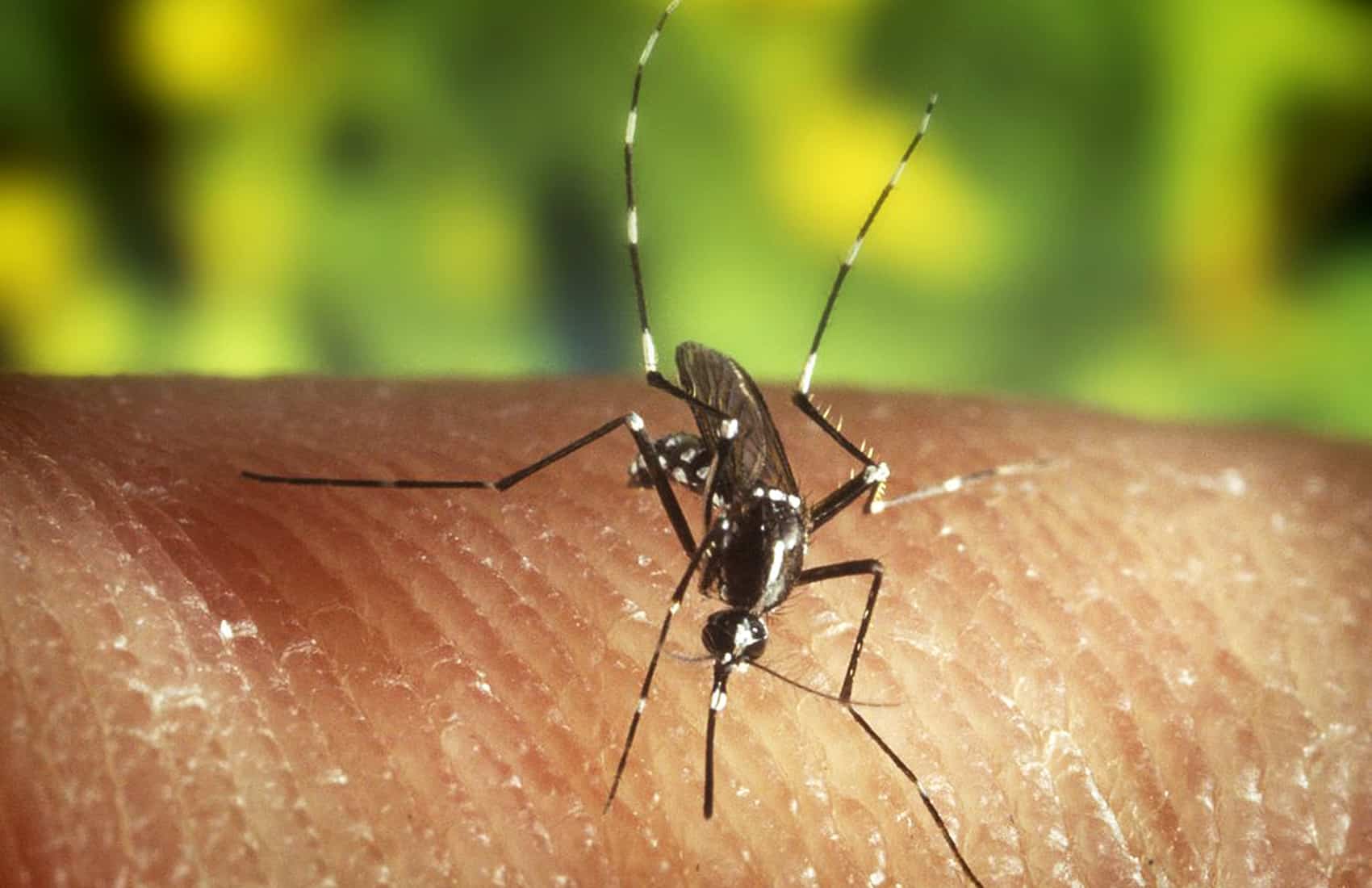Mosquito season in Costa Rica is in full swing. A lucky few people seem immune to the bites of the pesky insects. Others can’t seem to avoid them.
In Costa Rica, as the rainy season continues its shaky start, the number of dengue cases are soaring. The latest figures from the World Health Organization (WHO) show Costa Rica with 11,672 reported cases of dengue so far this year, which is not updated to the latest bulletin from the Costa Rican government, which reports 14,929 cases.
Some may be more at risk than others. New research explains mosquitoes’ apparent selectivity. According to an article in Smithsonian magazine, an estimated 20 percent of people are “especially delicious” to mosquitoes. (Shudder.) They are bitten more often than others.
Why? A number of factors are at play. Chief among them is blood type. “Not surprisingly — since, after all, mosquitoes bite us to harvest proteins from our blood — research shows that they find certain blood types more appetizing than others,” the article reports. Type O is at the top of the list. Additionally, about 85 percent of people secrete a chemical signal that indicates their blood type; these “secretors” are more prone to bites regardless of their blood type.
Another factor is the amount of carbon dioxide people emit when they breathe. Larger people exhale more of the gas, which may explain why adults tend to get bitten more often than children. This also means that obese people are more prone to getting bitten than average or underweight people, tall people more prone than short. Sweat, high body temperatures and skin bacteria also play a role. Pregnancy, which increases body temperature and carbon dioxide emission, may also increase the likelihood of bites.
And if you’re enjoying a beer at a barbecue, you may have made yourself a mosquito target. No one has been able to pinpoint why drinking beer makes people more attractive to mosquitoes. Some have theorized that the elevation in body temperature and the amount of ethanol in sweat may play a role, but neither theory has panned out. Still, it appears that even a 12-ounce bottle is enough to do the trick.
© 2013, The Washington Post







